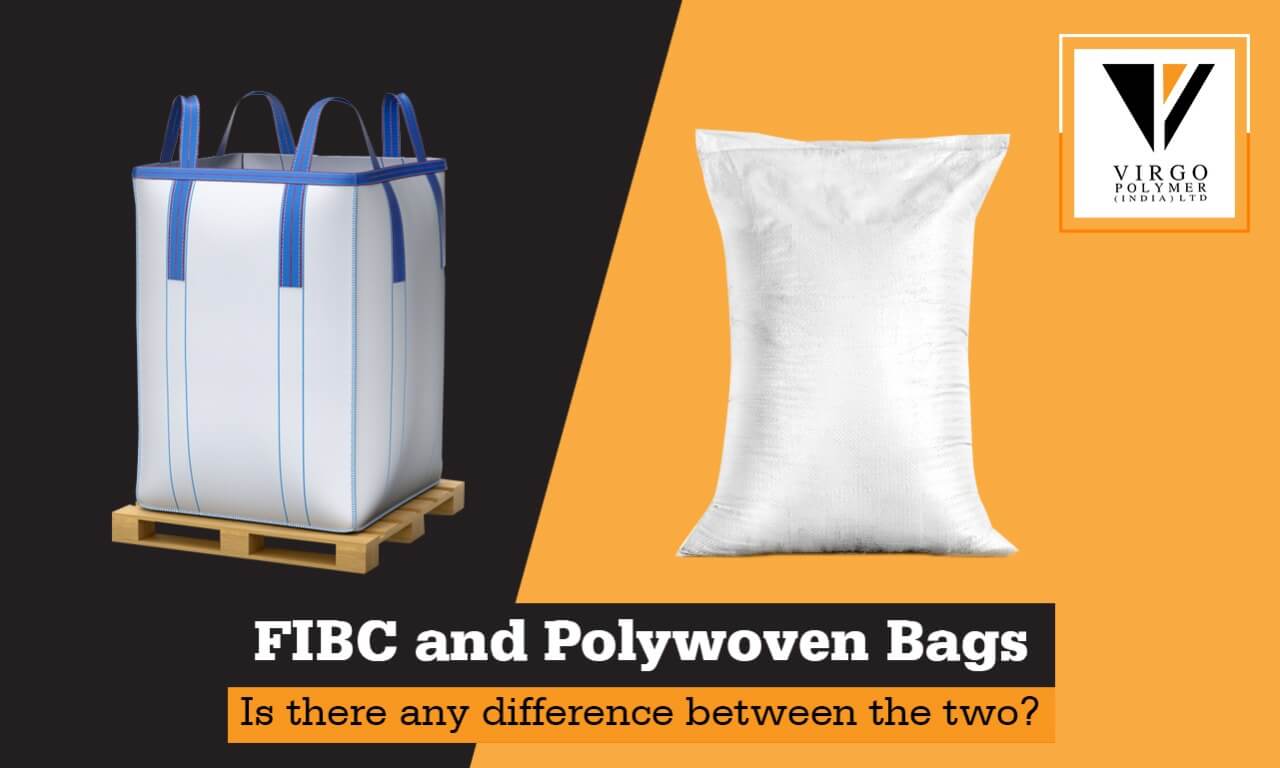



Finding the right packaging material which will promise that the quality of goods inside them will remain as it is during storing, stacking as well and in transit is an eternal challenge. Each of the packaging bags comes with its own set of advantages and disadvantages.
And that’s why one needs some fundamental level clarity about major varieties of bulk bags that are used in packaging, storing and transportation. Let us first find out if at all FIBC bags are different from polywoven bags.
Understanding the basicsAs a matter of fact, there is no difference between FIBC bags and polywoven bags. These are two different names for the same product. The core material of FIBC or Flexible Intermediate Bulk Containers is ventilated polypropylene. Thus, this polywoven bulk bag is considered as extremely versatile in the industry today for packaging and shipping a range of products that includes powdery substances, fluids, semi fluids and even solids.
The differentiating factorAs mentioned, FIBC bags are not different from polywoven bags. But one key feature that distinguishes this category of bags from the traditional packaging bags made from paper or jute is its strength.
The polypropylene fibres in these bags are extremely durable and do not tear or get ripped apart during handling.
The cost effectivenessWhen you choose these FIBC or polywoven bags, you can remain rest assured that you have picked a cost effective packaging solution.
When you switch over to these bulk bags for the first time, you might find it a bit expensive. But you will ultimately gain in the longer run.
The reason is, the sturdiness of these bags will negate the requirement of additional protection and eventually additional investment for goods that you store or transport. Secondly, as the bags will not wear out soon, you will be refrained from the need to make further investments and buy a new lot of packing materials.
The functional excellenceBesides sturdiness and cost effectiveness, there are other features too that distinguish bulk bags from the traditional packaging and shipping options.
The first one is that there are tiny holes in between the network of yarns in these bulk bags that allow free penetration of air inside these bags. Hence, the products stored inside the bags remain fresh and immune from any sort of decay.
Secondly, you have the option of sealing the pores in between the warp and the weft and make these FIBC bags perfect for carrying liquids or semi-liquids or even goods that need to be transported in completely airtight bags. The only additional attachment that would be needed for the purpose is a container liner, which is a solid liner made from polypropylene that locks dampness and prevents it from entering inside the bag.
From here, the third feature of these FIBC bags that emerge is that the bags keep the goods inside them free from contamination. This makes these bulk bags ideal for carrying food products too.
